The perfect companion to nearly any summer activity is a good book. And, no matter what your interests, there is certainly no shortage of options for those who love history.
Here are ten books to put on your summer reading list. All of them relate to European history, my area of specialty. I have selected these amazing books because they offer new perspectives on well-known events, uncover buried stories of the past, or because they offer a new way understand today’s world.
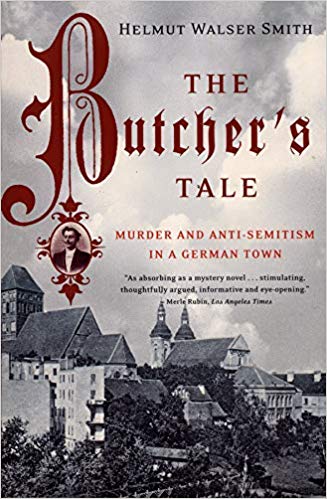
Helmut Walser Smith’s The Butcher’s Tale investigates the practices of anti-Semitism following the discovery of a murdered boy in the West Prussian town of Konitz in 1900. As the investigation dragged on with few results, rumors that the attack had been part of a ritual “blood libel” killing began to spread, ultimately turning public suspicions on the town’s Jewish community. Despite the presence of other suspects (including a Christian butcher whose daughter had been romantically involved with the boy), the murderers were never caught.
Instead, the outbreak of hysteria that ensued not only colored the investigation (resulting in the arrest of a local Jewish butcher), but spurred waves of anti-sematic violence that only stopped when Prussian troops were sent to quell them. Smith’s study is as readable and gripping as any true-crime story and provides striking insights into the dynamics of anti-Semitism and mass hysteria in Germany at the turn of the 20th century.
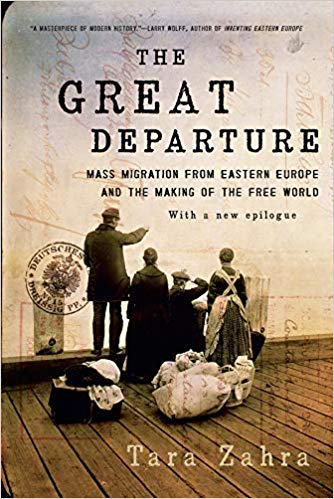
In this sweeping book, Tara Zahra delves into causes, consequences, and experiences of mass population movements from Eastern Europe to the Americas (from the late 19th through the early 21st centuries). During peak periods of emigration, some were invited (if not encouraged) to leave for the West, while others were not, as politicians and leaders worried about the effects of emigration on local communities and economies
Zara shows that a variety of economic, social, and political factors drove migration and many dreamed about new advantages and opportunities in the “land of the free.” However, those who succumbed to “America fever” often struggled with poor work and living conditions, social marginalization, and complex and at times arbitrary government policies. In fact, nearly a third of all who left ultimately returned home. Considering the attention today to global dynamics of movement and migration, the book offers many insights and lessons for the present.
3. David Olusoga, The World’s War: Forgotten Soldiers of Empire, Head of Zeus, 2014.

Reminding us that the war’s very name—World War I—refers to both its geographic and human scope, David Olusoga’s book focuses on the millions of non-white soldiers drawn into the conflict from European colonies. The author throws into sharp relief the ways that European and American racial thinking defined the roles assigned to colonial subjects in the war. Olusoga also provides a window onto the experiences of soldiers and laborers themselves through his use of diaries, letters, and other first-hand accounts. This perspective reminds us not only of the scope of the war, but of its imperial and racial dimensions, adding a layer of complexity and depth to the conflict that has since too often been forgotten.
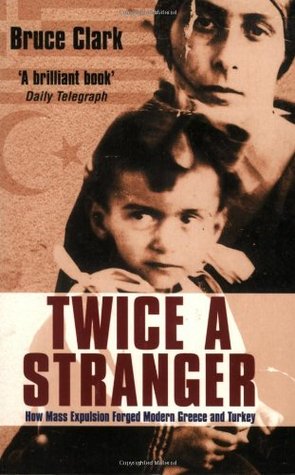
At the end of World War I, the empires of Eastern Europe lay in ruins and new nation-states emerged. However, the populations of these new countries were far from homogenous and political leaders often doubted the ability of minority communities to coexist peacefully. This was particularly the case in the dismantling of the former Ottoman Empire, where, in the aftermath of the war, roughly two million Orthodox Christians and Muslims were forcibly exchanged between Greece and Turkey shortly after the signing of the Treaty of Lausanne in 1923.
In addition to detailing how the decision was made and carried out, Clark’s Twice a Stranger gives voice to the individuals and families whose lives were uprooted in the exchange. The book is relevant today, not only because it illuminates the entwined histories of these two countries and peoples, but also in light of the growing attention to the causes, experiences, and consequences of displacement.
5. Mark Mazower, Dark Continent: Europe’s Twentieth Century, Vintage, 1999.
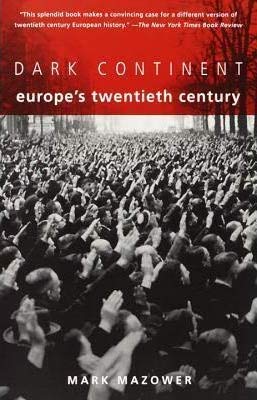
Though written twenty years ago, Mazower’s classic history of 20th century Europe is a powerful read in light of the present challenges facing the continent today. The book focuses on the period from World War I through the 1990s—in particular on the competing ideologies and episodes of violence that defined the European experience in the first half of the century.
The book is at its best in its analysis of World War II and the immediate post-war period, and shows how the experience of the war generated institutional and intellectual responses that have remained durable, even decades on. Throughout the book, however, Mazower emphasizes political, economic, and social developments and their contingency, in order to show that no outcomes are ever certain.
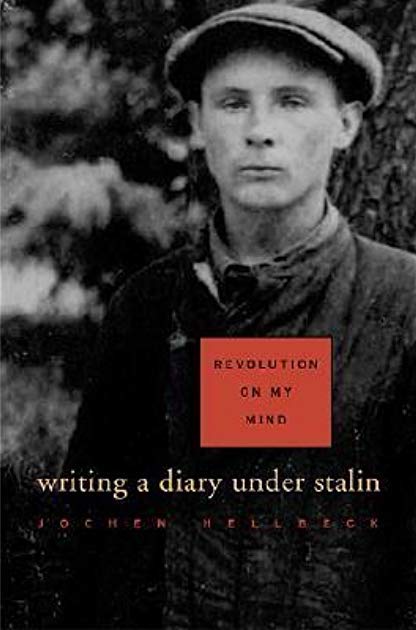
Jochen Hellbeck’s Revolution on My Mind examines how people in the past have sought to reconcile their daily lives with tremendous historical upheavals. Hellbeck studies the diaries of individuals written during the Stalinist era in order to offer a glimpse into their inner experiences, and to show how diary keeping became a way for Soviet citizens to understand their place in a society in the throes of both “building socialism” and the Great Terror.
The diaries Hellbeck includes are well analyzed, diverse, and deeply personal. Through them, we see some individuals attempt to evade their “bourgeoisie” past and critics caught in the purges and silenced. We see others attempt to internalize the revolution and recreate themselves in the image of the “New Soviet Man or Woman.” Although some readers may find Hellbeck’s analysis a bit complex, the life-stories and introspections of the book’s subjects are emotional, disruptive, and sure to provoke plenty of thought.
7. Kate Brown, Manual for Survival: A Chernobyl Guide to the Future, W.W. Norton & Company, Inc., 2019.
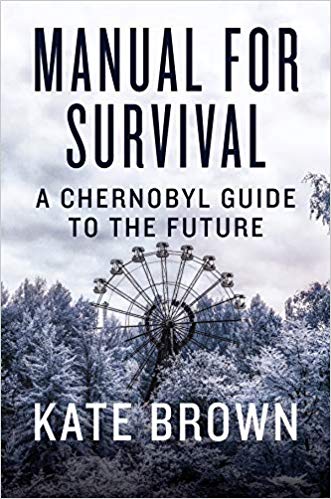
Even casual observers will have noticed a flourish of new material on the 1986 Chernobyl disaster. However, while many recent popular books on history’s worst nuclear accident have focused significant attention on the run-up to and causes of the disaster, Kate Brown’s Manual for Survival focuses attention on its aftermath and its hidden victims.
In the spirit of her huge success Plutopia (which compared Cold War “nuclear cities” in the U.S. and Soviet Union), Brown focuses mainly on the everyday people effected by the event. Much of the book is filled with interviews of doctors and community members, records of local workers who encountered (and often processed) contaminated goods, and reports of child and adult illnesses.
She argues that not only was the disaster more devastating and longer-lasting than officials acknowledged (and not limited to the Chernobyl “exclusion zone”), she also charges that the damage of low-dose exposure was (sometimes deliberately) hidden. This was true not just of the Soviets, but of western officials who feared public resistance to ongoing weapons testing and nuclear programs, and international organizations, such as the World Health Organization, which failed to thoroughly investigate the disaster.
In sum, her book suggests that only by openly examining Chernobyl’s wake, we can better prepare for the future.
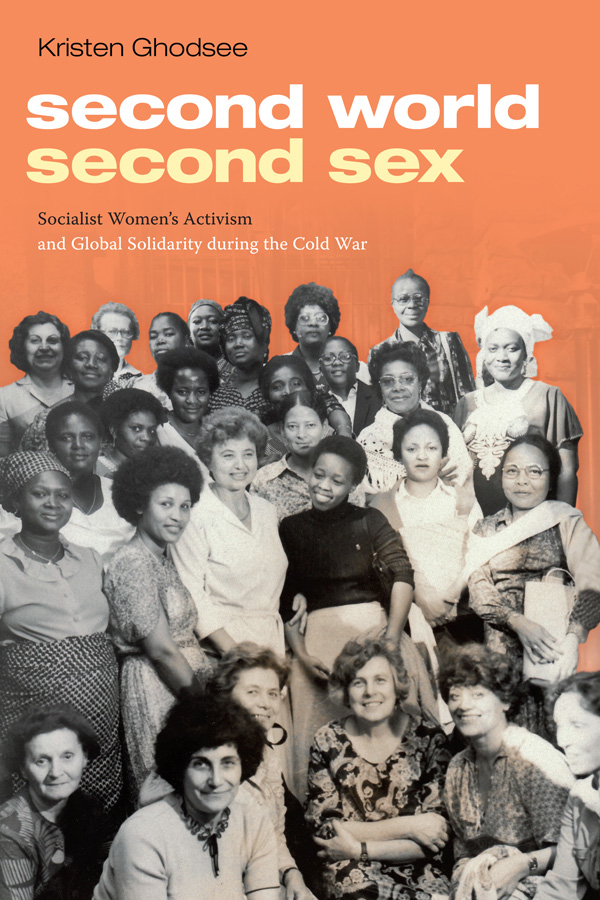
Kristen Ghodsee is a noted author and ethnographer of socialism and post-socialism in Eastern Europe. In her latest work, Second World, Second Sex, Ghodsee turns her attention to the global Cold War, exploring the contributions of non-Western women to feminist thought and action from the 1960s to the 1980s.
Focusing on activists from state-socialist Bulgaria and non-aligned (though left-leaning) Zambia, and the bonds between them, she shows how women in the “second world” dominated the fight not only for women’s equality, but for their ability to shape society. At the United Nations, these activists presented a vision of feminism that saw “women’s issues” as inseparable from larger political and economic contexts. The question of women’s place in society was irresolvable without also addressing related questions of social and racial justice.
In addition to asserting the importance of these activists, Ghodsee argues progressive women’s efforts were often subjugated to Cold War political interests and “free market” ideologies. Throughout the book, Ghodsee provides a new perspective, not only on the cultural and social dynamics of the Cold War, but on the history of feminism and women’s activism itself.
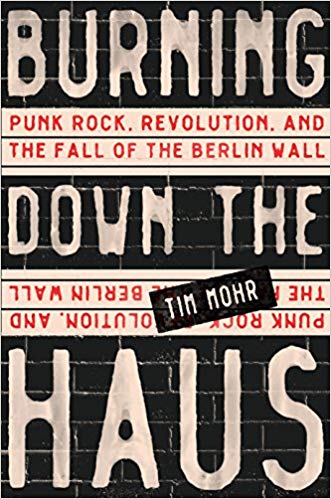
Tim Mohr explores the role of youth culture and punk rock in bringing about the fall of the Berlin Wall and the collapse of communism in East Germany in 1989. A passionate fan of punk, Mohr worked as a DJ in Berlin in the 1990s. He offers a study that is both narrative and personal.
Following the lives of individuals and groups, he shows how the rebellious music style made its way to the ears of East Berlin’s “first punk” (Britta Bergman, or “Major”) in 1977, when she came across pictures of the Sex Pistols and heard the band over western radio broadcasts. From there, Mohr draws on lyrics, interviews, letters, and even Stasi records to trace the history of punk through the1980s.
In the face of social ostracism, surveillance, and even arrest and beatings, East German punks rejected the visions of life laid out to them by the government and complacency, and embraced a spirit of “performing resistance” to push for revolution, and an end to East Germany. For Mohr, the lesson here is the potential for change from the (under)ground up, and central role of brave and impassioned youth in generating political and social transformation.
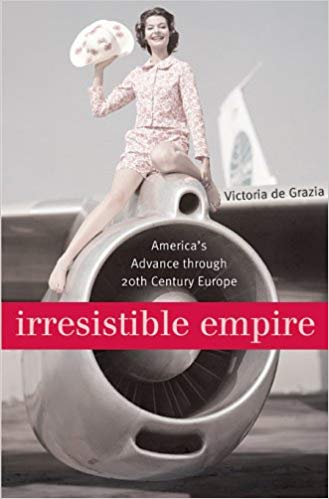
While many of the books in this list explore either events in Europe or European influences in the world, de Grazia’s classic Irresistible Empire, considers the “soft power” impacts of American consumer and advertising culture on 20th century Europe. Each chapter offers a specific vignette on the Unite States’ “Market Empire” to show how American innovations such as chain stores, supermarkets, brand-advertising, and Hollywood were adapted to a European context as American entrepreneurs (often with U.S. government support) sought access to European markets.
Ultimately, America’s distinct brand of mass consumer-capitalism competed, and defeated, older European craftsmanship and taste. The book asks us to consider the nature of globalization and cultural imperialism, the expansion of mass consumerism, the nature of a materially “good life,” and whether American cultural diffusion will continue to hold sway in today’s shrinking world.
